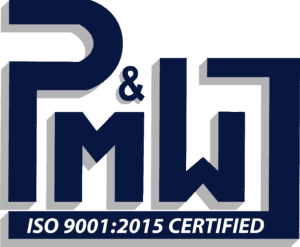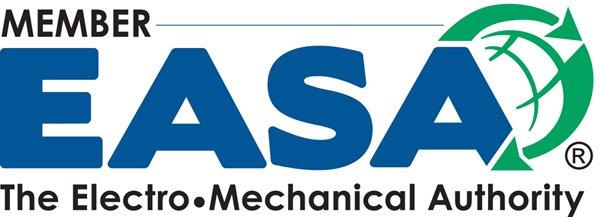Surge and hipot testing are critical procedures in ensuring the safety and reliability of electric motors. For plant engineers responsible for maintaining electrical equipment, understanding these testing methods is essential to prevent costly downtime and ensure optimal performance. In this blog post, we will delve into the details of surge and hipot testing, explaining what plant engineers need to know to effectively assess and maintain motor insulation systems.
The Importance of Surge Testing
Surge testing, also known as impulse testing, is used to assess the insulation system’s ability to withstand voltage spikes or surges. These sudden increases in voltage can occur due to lightning strikes, switching transients, or other electrical disturbances. Surge testing helps identify weaknesses in the insulation that could lead to insulation breakdown and motor failure.
Key Points about Surge Testing:
- Testing Equipment: Surge testers deliver high-voltage pulses to the motor windings to simulate voltage surges.
- Insulation Resistance: A surge test measures the insulation resistance of the motor winding under high voltage stress.
- Interpretation of Results: Plant engineers should analyze the surge test results to identify any insulation weaknesses or breakdowns.
Understanding Hipot Testing
Hipot testing, short for high potential testing or dielectric withstand test, is another crucial method for evaluating insulation integrity. This test applies a high voltage to the motor winding for a specified duration to check for any current leakage or breakdown in the insulation system. Hipot testing helps ensure that the motor can withstand the rated voltage without any safety hazards.
Key Points about Hipot Testing:
- Test Voltage: Hipot testers apply voltages higher than the motor’s operating voltage to detect insulation weaknesses.
- Insulation Resistance: The test measures the current leakage through the insulation to identify potential faults.
- Safety Precautions: Proper safety measures must be followed during hipot testing to protect personnel and equipment from high voltages.
Best Practices for Surge and Hipot Testing
Plant engineers should adhere to the following best practices when conducting surge and hipot testing on electric motors:
- Regular Testing: Perform surge and hipot tests at regular intervals to detect insulation degradation early.
- Documentation: Keep detailed records of test results, including date, equipment used, and any anomalies observed.
- Training: Ensure that personnel conducting the tests are properly trained in handling high-voltage testing equipment.
- Follow Standards: Comply with industry standards and manufacturer recommendations for surge and hipot testing procedures.
By understanding the significance of surge and hipot testing and following best practices, plant engineers can effectively assess motor insulation systems and prevent unexpected failures. For professional assistance with motor testing and maintenance, contact The Pump & Motor Works, Inc.



